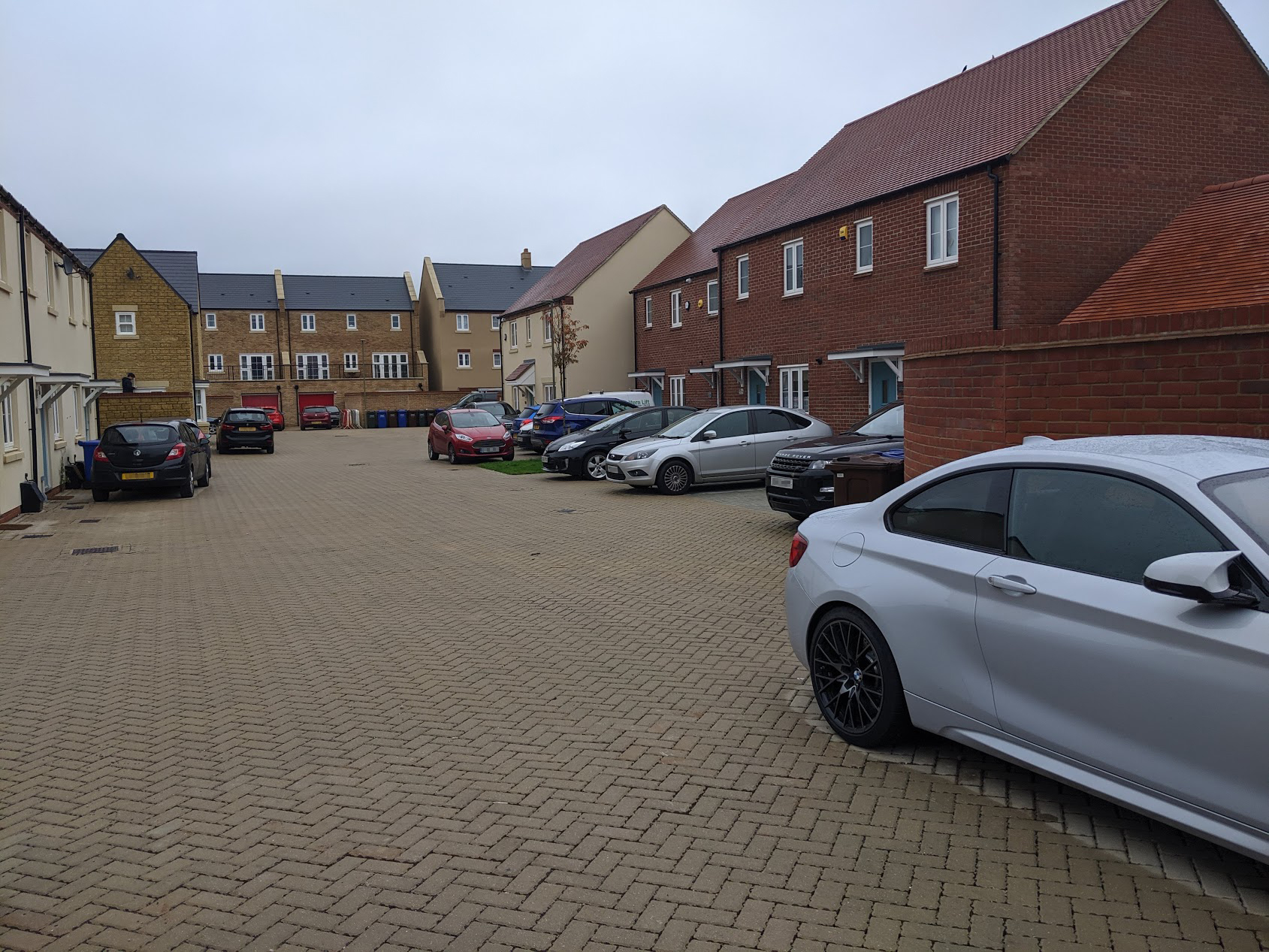Plans for 20 new garden towns and garden villages could create 200,000 car-dependent households, according to research by Transport for New Homes. Sustainable transport campaigner Steve Chambers discusses the findings
In June, Transport for New Homes released the report Garden Villages and Garden Towns: Visions and Reality looking at the committed and funded transport provision of new homes in England built under the government-backed Garden Communities Programme.
The research looked in detail at 20 of the 50 or more garden towns and garden villages proposed or under construction. Before Covid-19, we undertook site visits, looked at the planning documentation already produced and then what had been funded.
The good news is that we could see nobody is setting out to create bad places, at least on paper. All the visions and masterplans envisage sustainable transport underpinning every community. Sustainable transport corridors (roads with provision for walking and cycling to most of us) is centre stage, with exciting visions for mass rapid transit and aspirations to reopen railway stations.
Funding
But when it came to funding, all we found was commitment to build bypasses, ring roads and motorway junctions. Our report identified almost all of the £1bn-plus funding pot allocated from the Housing Infrastructure Fund going to new road building with very little for sustainable transport. We did find tokenistic amounts here and there, which local authorities were keen to trumpet, but when we applied our test of car dependence, we found the odd cycle lane or limited service bus route was of little use to most residents in freeing them from their car.
The lack of committed funding for sustainable transport was surprising to us because the government’s own prospectus says that communities should “be largely self-sustaining and genuinely mixed-use” with “public transport, walking and cycling” enabling “simple and sustainable access to jobs, education and services”. Most of the 20 we looked at did not meet these criteria and should not have been given Garden Community status.
Design issues
Our report identified other issues that would design in car dependence. We found that garden villages in particular are often located far from existing amenities, employment and major centres. They are also built too small to be able to support even basic resources like a shop and certainly will not provide employment. Every trip undertaken will require a car, right down to getting a pint of milk.
Long Marston is a good example of this. A 3,500-home garden village in Warwickshire, it is far from major population and employment centres. Located on a former airfield, this garden village will be particularly remote and without a sustainable scale will not support amenities, jobs or public transport. Of the 20 we looked at, it was the furthest from a railway station and visions of ‘express bus connections’ are without funding.
Garden towns had more potential, but we found that without funding for the purported mass rapid transit systems in place the residents of the new estates would find themselves far from the established town centres with little option than to get in the car. Far from providing connectivity, the desired ring roads would create community severance.
Aylesbury, which recently approved its masterplan for the garden town exemplified this. It is the long-established county town of Buckinghamshire with a transformative vision to create 16,000 new homes. The new housing developments are located on the outskirts and without attractive, safe walking and cycling routes to amenities. Bus services are better here than in many places, but all day, all week services to every home lack committed funding.
Like many of the garden towns, Aylesbury could realise its potential by scrapping the community-severing ring road plans, prioritising walking and cycling over car journeys in the way roads are designed, and by funding a rapid transit system for the whole town.
Most of our findings put the blame for these failings at the door of government. The way funding has been allocated does not allow their sustainable transport aspirations to be realised.
But we know from our site visits and our 2018 report that some very basic mistakes are being made about how streets are designed and laid out. We found lack of pavement to many homes and houses opening out on to nondescript areas that functioned as car parks, blocking and discouraging active travel.
Taken as a whole, we have to ask ourselves why so many different actors involved in the development process who have all ostensibly set out to create good places have ended up on a path to creating hundreds of thousands of car-dependent lifestyles. There is a clear role for the government in better targeting funding towards sustainable transport but we also highlight the need for good quality design on the ground.
Steve Chambers is an urban planning and sustainable transport consultant, lecturer and campaigner. He has fought to reduce the cost of rail travel, have better bus services outside London and to get more people walking in more liveable cities.
Steve Chambers
Sustainable transport campaigner
Transport for New Homes
info@transportfornewhomes.org.uk
www.transportfornewhomes.org.uk/
Twitter: @TfNHomes

















